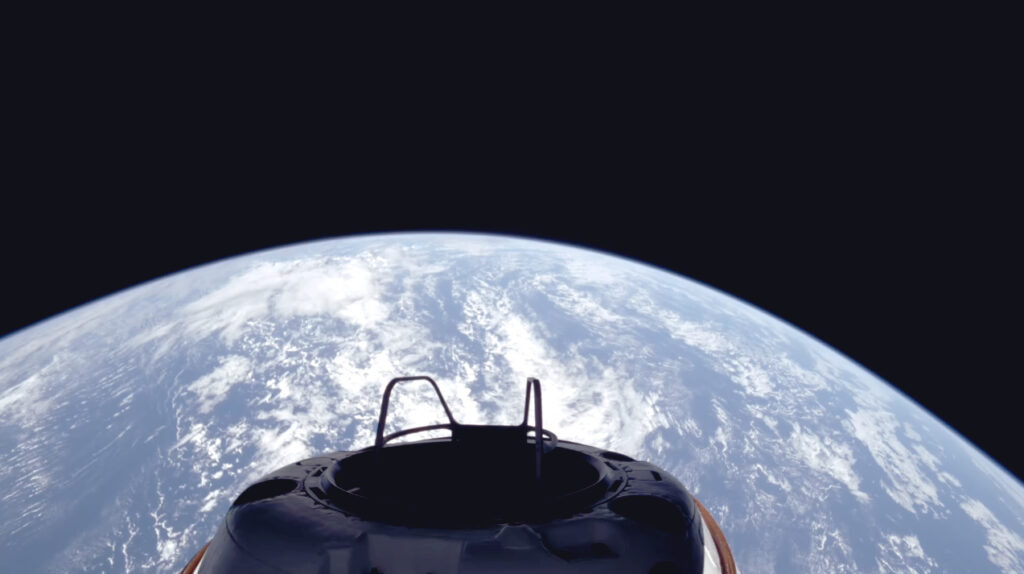The Polaris Dawn mission broke the orbital altitude record for a near-Earth manned mission held since 1966. It traveled a distance of 1,400.7 km from Earth.
Polaris Dawn and Dragon at 1,400 km above Earth – the farthest humans have traveled since the Apollo program over 50 years ago pic.twitter.com/rRDeD1dY1e
— SpaceX (@SpaceX) September 11, 2024
Polaris Dawn was launched on September 10. Shortly after launch, the crew began implementing a two-day protocol to prepare for the upcoming spacewalk. During this time, the pressure in Crew Dragon will slowly decrease, and oxygen levels will increase, which will help remove nitrogen from the crew’s circulatory system. This will help reduce the risk of decompression sickness. In parallel, four astronauts performed the first series of scientific excretions and tested the Starlink system.
Polaris Dawn was originally launched into orbit with an apogee altitude of 195 kilometers and a perigee altitude of 1.216 kilometers (this is about three times the ISS orbital altitude). During one of the spins, the spacecraft made its first passage through the South Atlantic Anomaly. It can be compared to a peculiar “dent” in the Earth’s magnetic field. It is much weaker in this region, allowing more high-energy particles from space to penetrate closer to our planet. Studying the effects of elevated radiation levels on astronaut health and onboard equipment performance is one of Polaris Dawn’s primary goals.

After the crew completed their planned work for the first day and relaxed, Crew Dragon performed a maneuver that raised the apogee altitude of its orbit to 1,400.7 km. Thus the spacecraft broke the altitude record of 1372 kilometers, set back in 1966 by the Gemini mission. Only 24 astronauts who flew to the Moon as part of the Apollo program have traveled a greater distance from our planet. The last time this happened was in 1972.
During their second day, the Polaris Dawn crew will continue to collect radiation data as well as prepare for a spacewalk. It is scheduled for September 12. The operation will take place at an altitude of 700 km and will be broadcast live.


